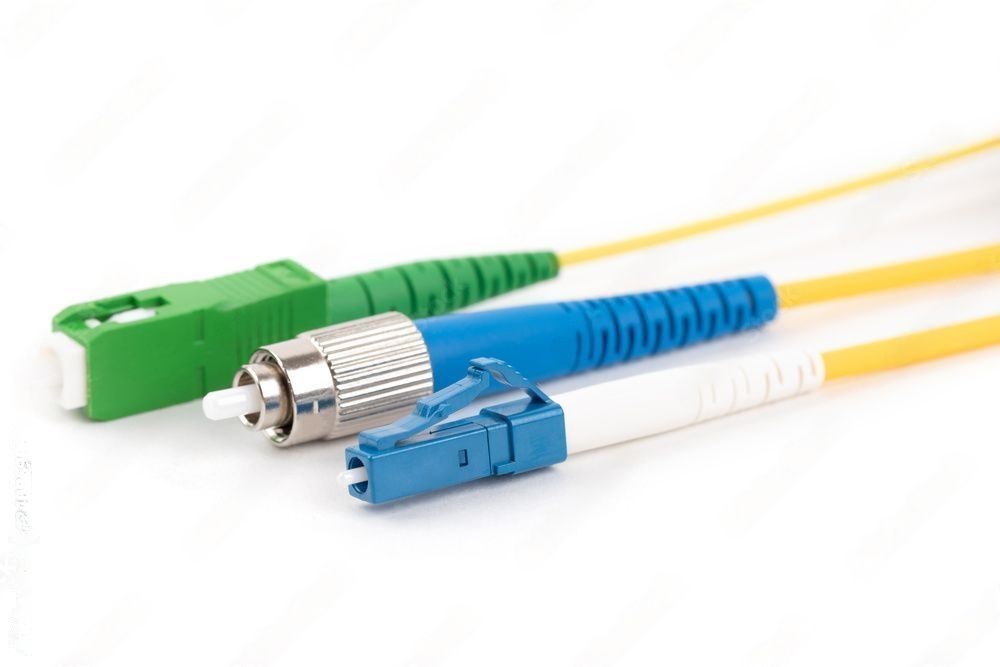author
Erik Petrov
date
27 September 2022
Water Quality Sensor in Agriculture : Market Research Report with Comparison – Douglas Insights
Douglas insights has used its comparison engine to draw on deep research and analysis relating to the water quality sensor in the agriculture market, considering existing and emerging market trends from researchers and analysts to determine various insights of great potential. Digital experts have updated and upgraded its comparison engine to compile research from a vast database of sources, resulting in detailed information relating to growth drivers, restraints, and future predictions. By using this digital tool, you can effectively compare different pieces of data from research articles to form coherent viewpoints that summarise market activities.
Water pollution has been a major limitation in the agricultural industry, resulting in the development of water quality sensors, which have made it possible to continuously monitor water samples without resorting to limiting conventional methods. In various industries, water quality monitoring systems provide relevant information to engineers, quality compliance officers, and laboratory technicians, making it possible to test water effectively at different stages of a process. Sensors can quickly detect minor water changes indicative of changes in industrial processes, allowing researchers to measure pH, salinity, turbidity, and other characteristics.
There has been a surge in demand for the water quality sensor market due to increased pollution, resulting in the agricultural industry's digitalisation and automation of water testing processes. Health, Safety, and Environment (HSE) has become an essential part of the farming industry, leading to water quality sensors commonly used in industrial facilities. The market is driven by various sectors, such as agriculture, government, and oil and gas, causing a significant compound annual growth rate (CAGR) of 7.8%.
The Asia-Pacific regions contribute most heavily to the CAGR forecast, primarily due to the population size and emerging countries like Singapore and China incorporating the latest water quality sensor technology in their industrial processes. Governments in these regions have taken vital initiatives to keep water free from contamination, and analysts predict the general water shortage to drive future market growth in Asia-Pacific. There is growing awareness of water pollution in Europe, resulting in countless water quality testing and monitoring activities contributing to market expansion. North America is also playing its part in market development since a record number of individuals with swimming pools in their homes use water quality sensors to measure water quality. The use of purifiers and food processors in the agricultural industry is also boosting water quality sensor activity.
Many key players in this market are involved in various research and development activities to create innovative sensors and technologies to further propel the market toward growth. Some of the most prominent players in the market are Agilent Technologies, Atlas Scientific, and Horiba, Ltd. The market scope is quite vast, with an extensive need for turbidity sensors, pH sensors, ORP sensors, and more. Additionally, water quality sensors are used by operators, engineers, technicians, and others in labs, industries, and government facilities, offering excellent growth potential for the agricultural sector.
Market trends are pointing toward innovation, which is crucial in predicting market growth. The current market trends involve using existing water sensor technology in the agricultural and industrial sectors. IoT water sensors and monitoring systems are contributing to a surge in the agriculture market, with AeroFarms and Bowery Farming attracting interest from many investors from across the world. Ultimately, the water quality sensor market is seeing significant growth potential due to advances in agricultural farming techniques, which require continuous water testing in real-time, offering advancements in ideal plant growth and development by measuring a vast number of variables.
Continue Reading

Forbes Names Mr. Beast World's Richest Creator
Jimmy Donaldson has been named the richest creator in the world. Now you must be wondering who that is. He is the same person we all lovingly know as Mr. Beast.

Sol-Gel Acquires FDA Approval For Its Encapsulated Skin Disease Drug
Sol-Gel Technologies is one of the most well-reputable names for developing innovative and safe medications for skin diseases. The dermatology organization specializes in recognizing, creating, and commercialising generic and branded topical drugs and drug products to treat a plethora of skin diseases.

Yoga Gains Popularity After the Pandemic
After being locked in their houses for two stressful COVID-19 years, most people have turned to yoga for their physical and mental well-being.

Lithium Sulphur Batteries to Save the World
The recent accidental discovery in attempting to improve lithium sulphur batteries might just be what our planet needs. Read on to find out!
Recent Press Releases

Douglas Insights Adds Plus-sized Women's Clothing Market Research Reports to Its Compar...
Douglas Insights has expanded its comparison engine with Plus-Sized Women's Clothing Market research reports, allowing companies to get their hands on all ki...

Douglas Insights Includes 3D Cell Culture Microplates Market Report in Its Comparison E...
Douglas Insights enables effective market research for its clients by including the 3D Cell Culture Microplates Market report in its comparison engine. Indus...

Douglas Insights Includes Botulinum Toxin Market Report in Its Comparison Engine
Douglas Insights enables effective market research for its clients by including the Global Botulinum Toxin Market report in its comparison engine. Industry p...

Douglas Insights Has Added Fibre Optic Instrumentation Market Research Reports to its C...
The fibre optics market is massively growing worldwide. It is considered the backbone of the 5G communication infrastructure. Fibre optics is the latest tech...